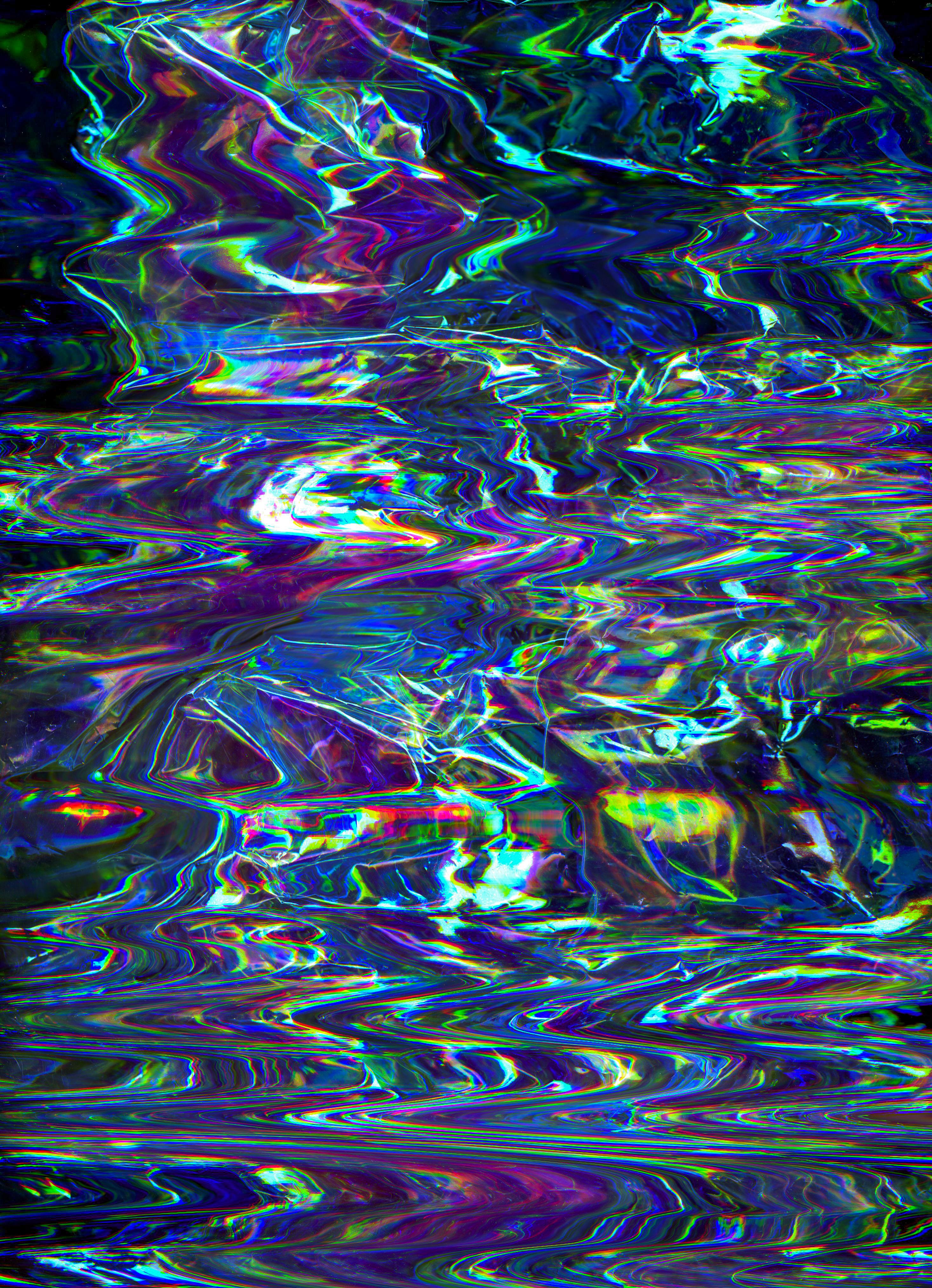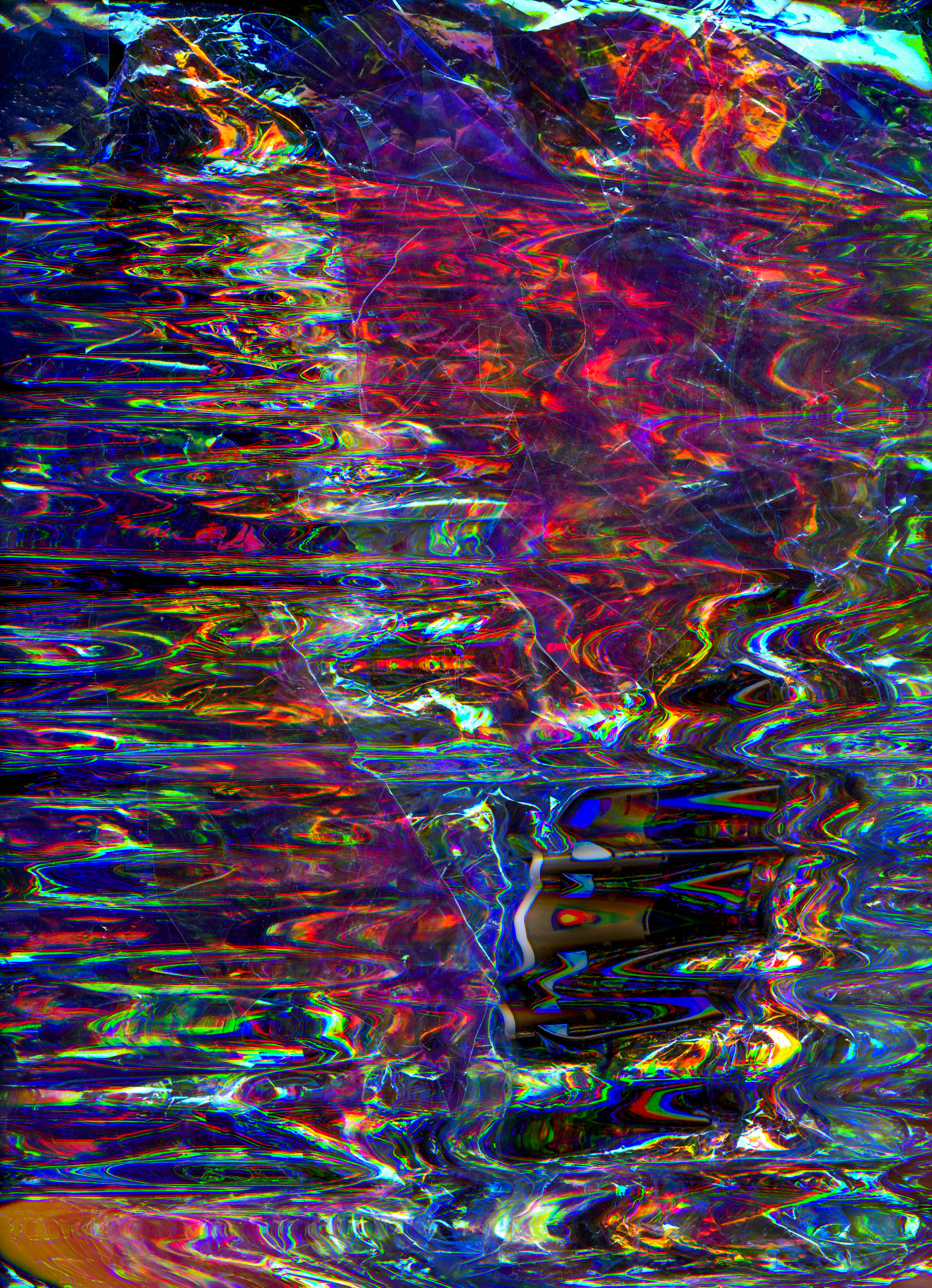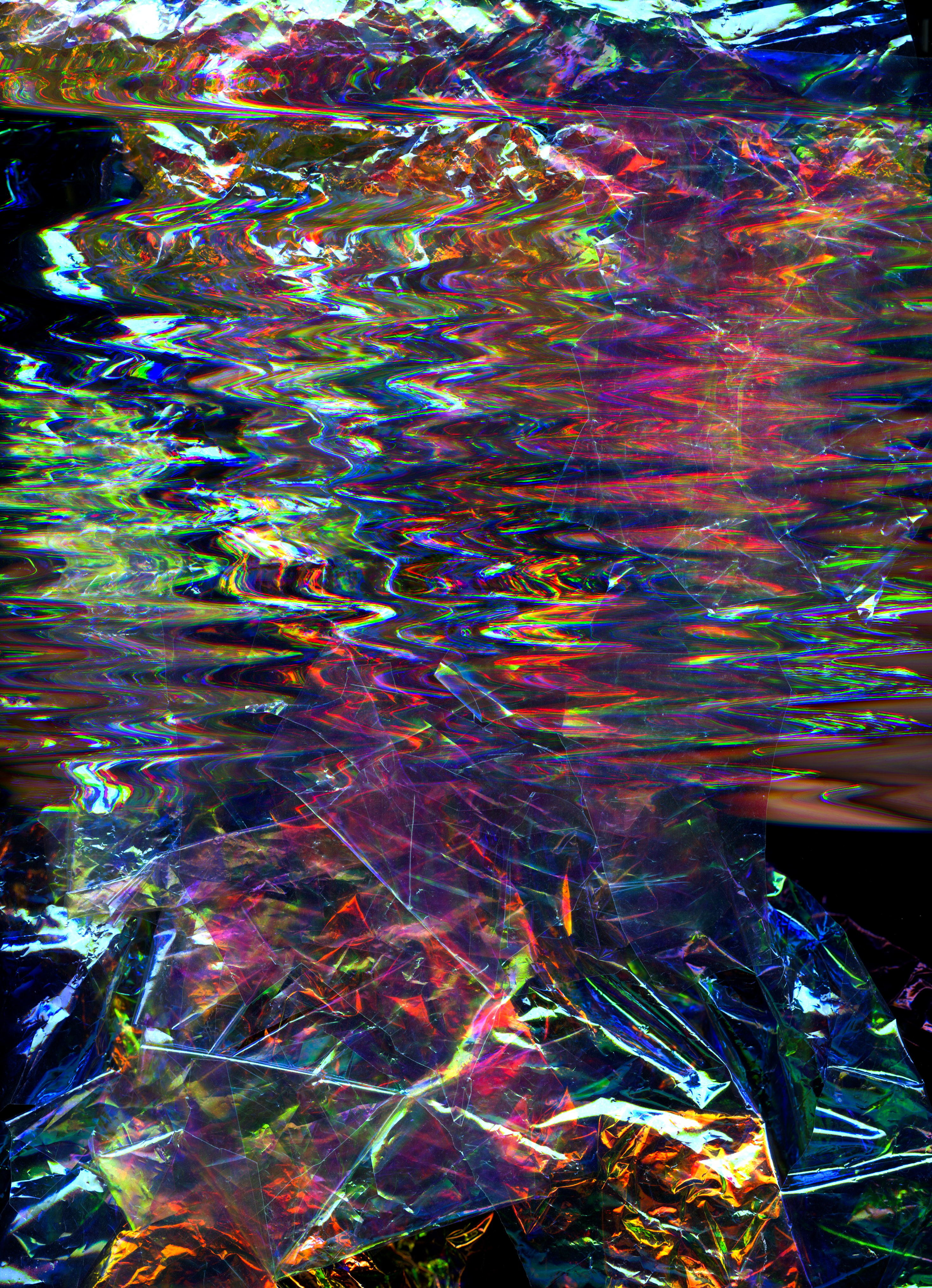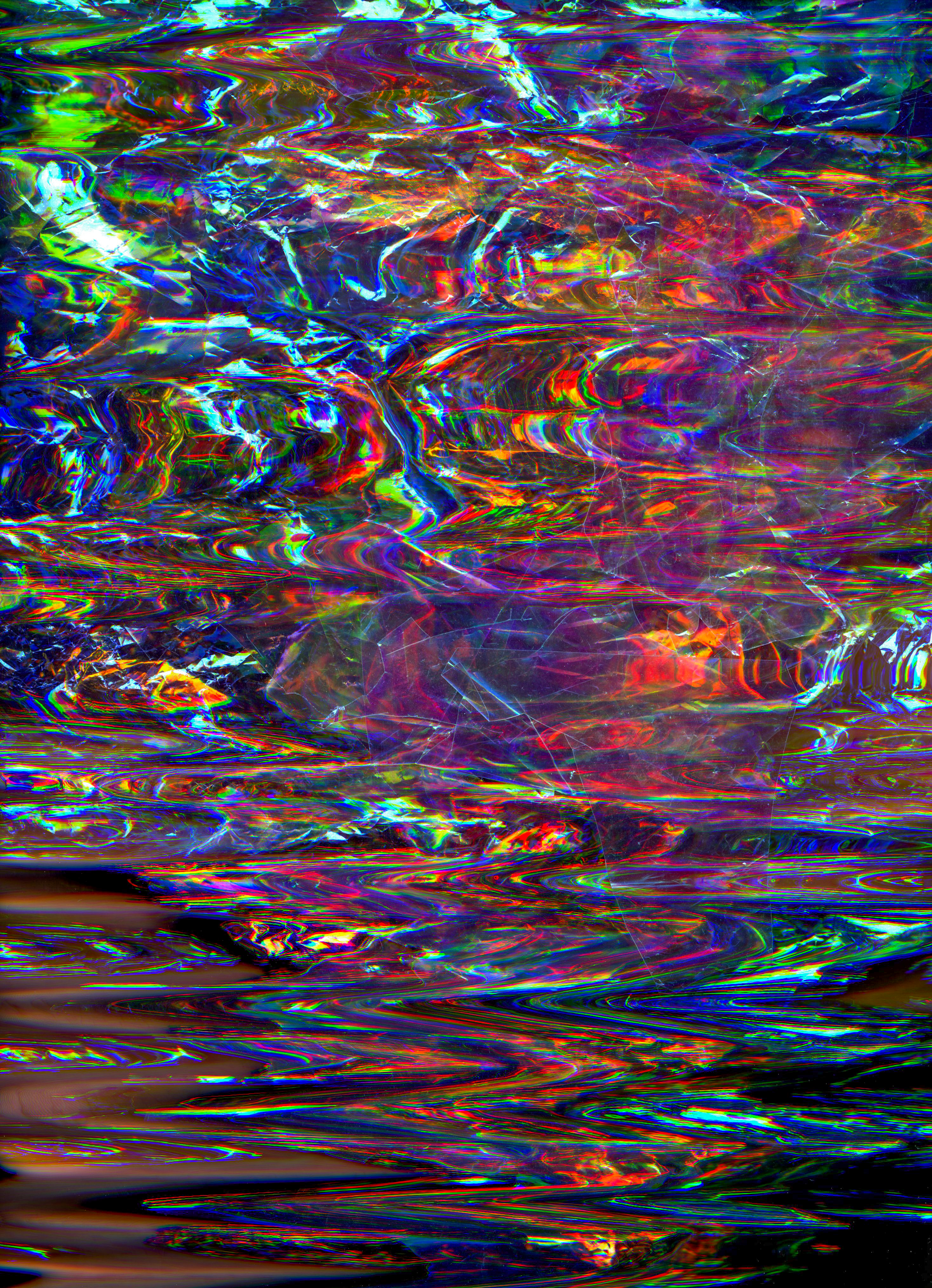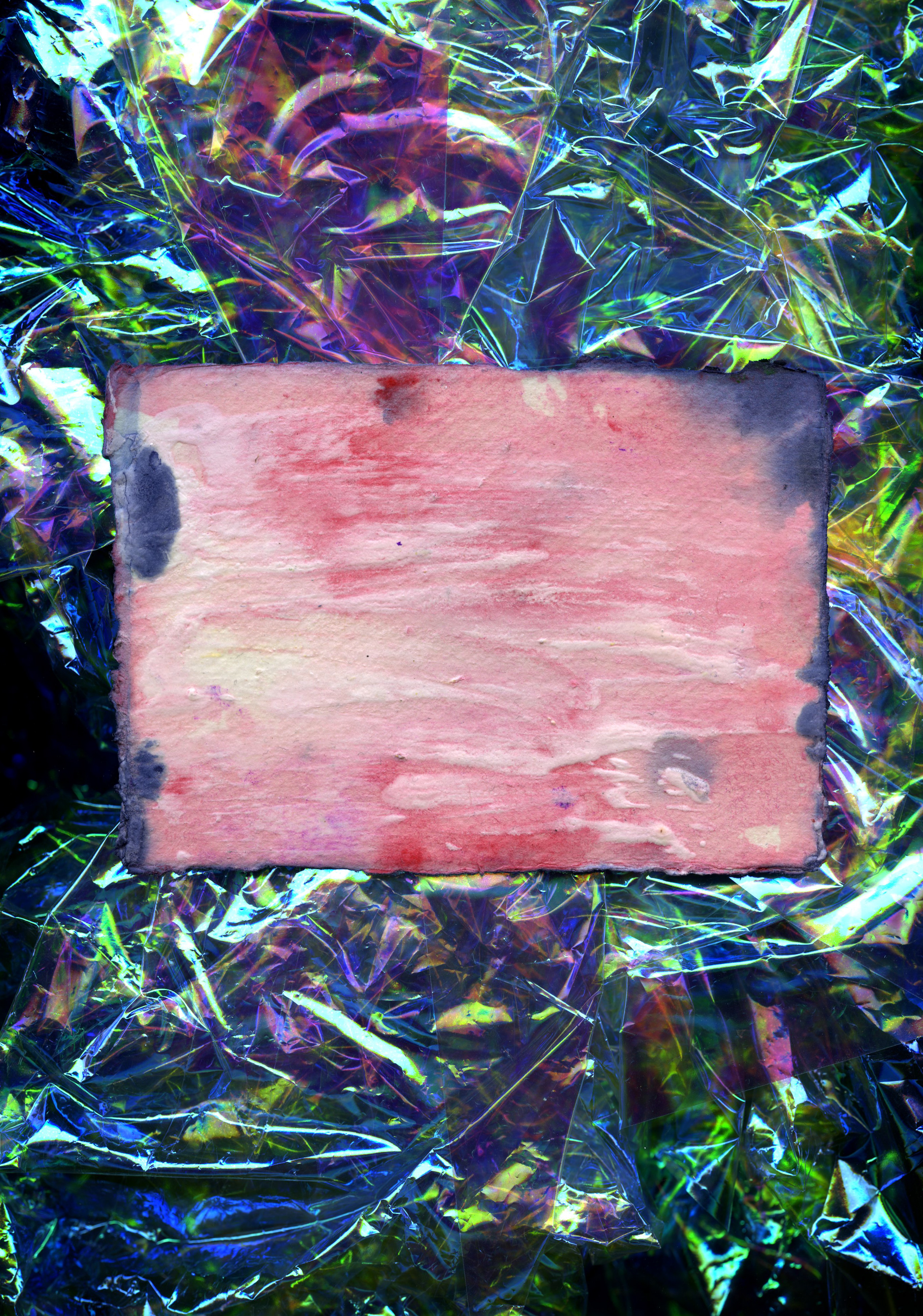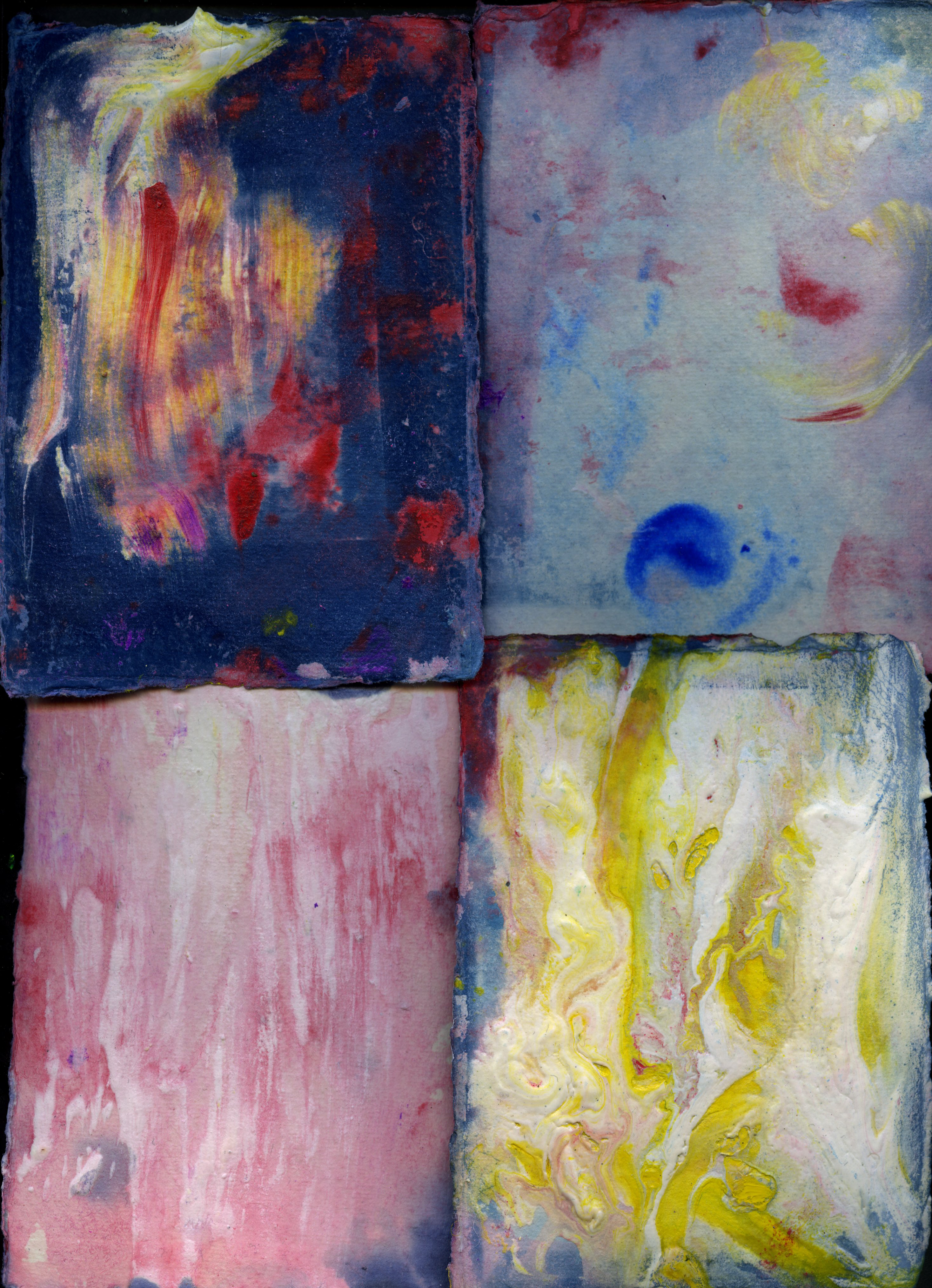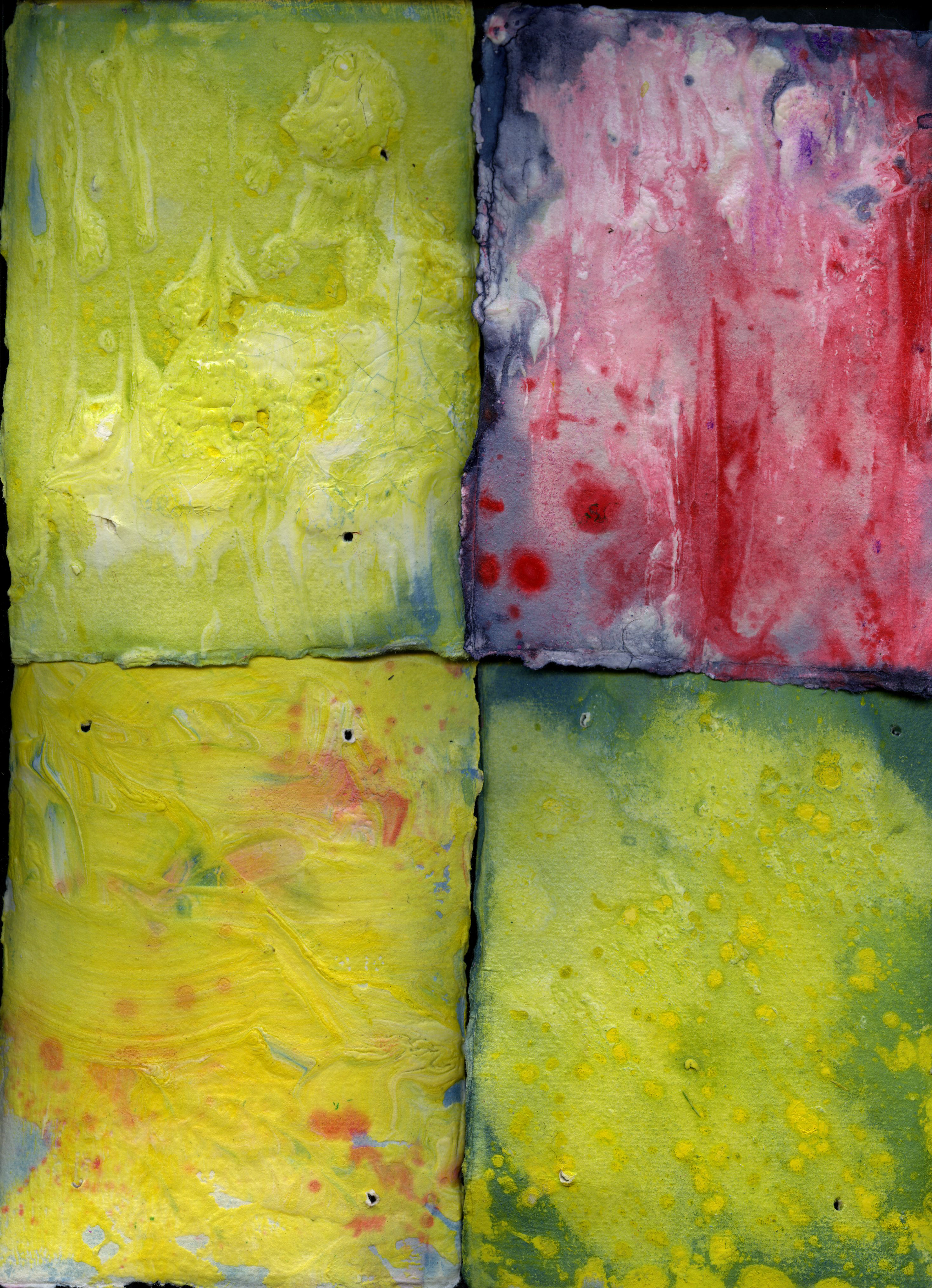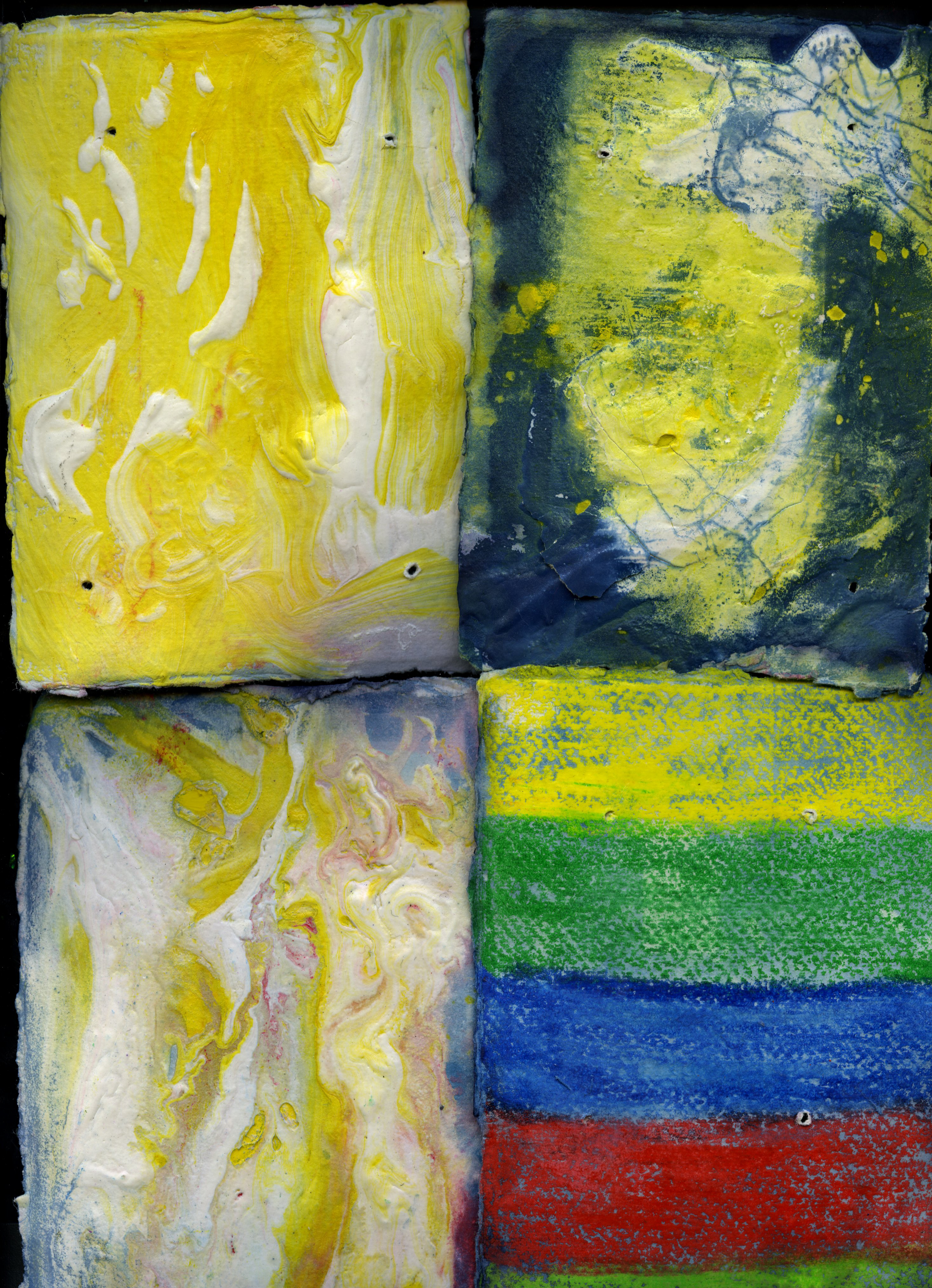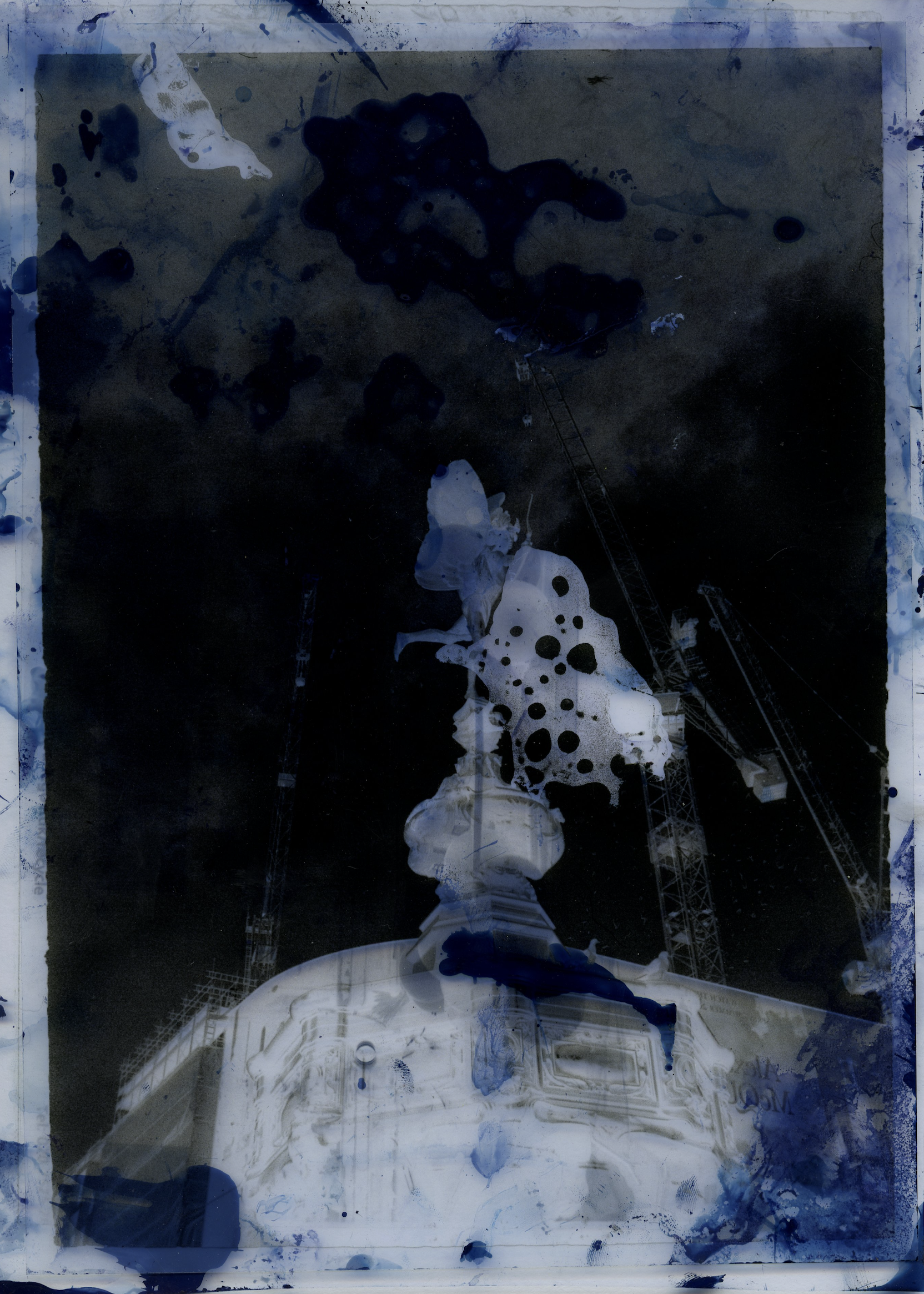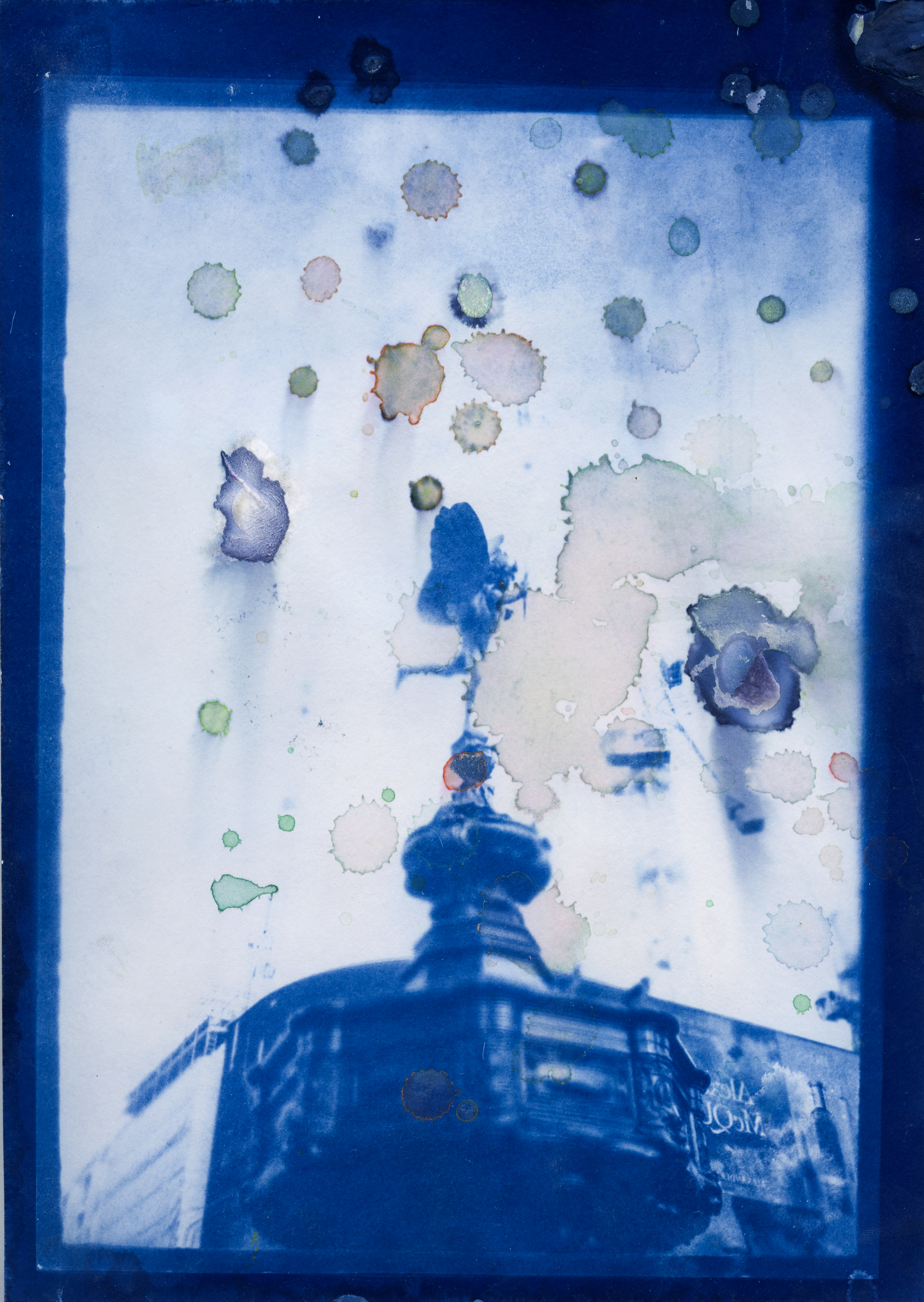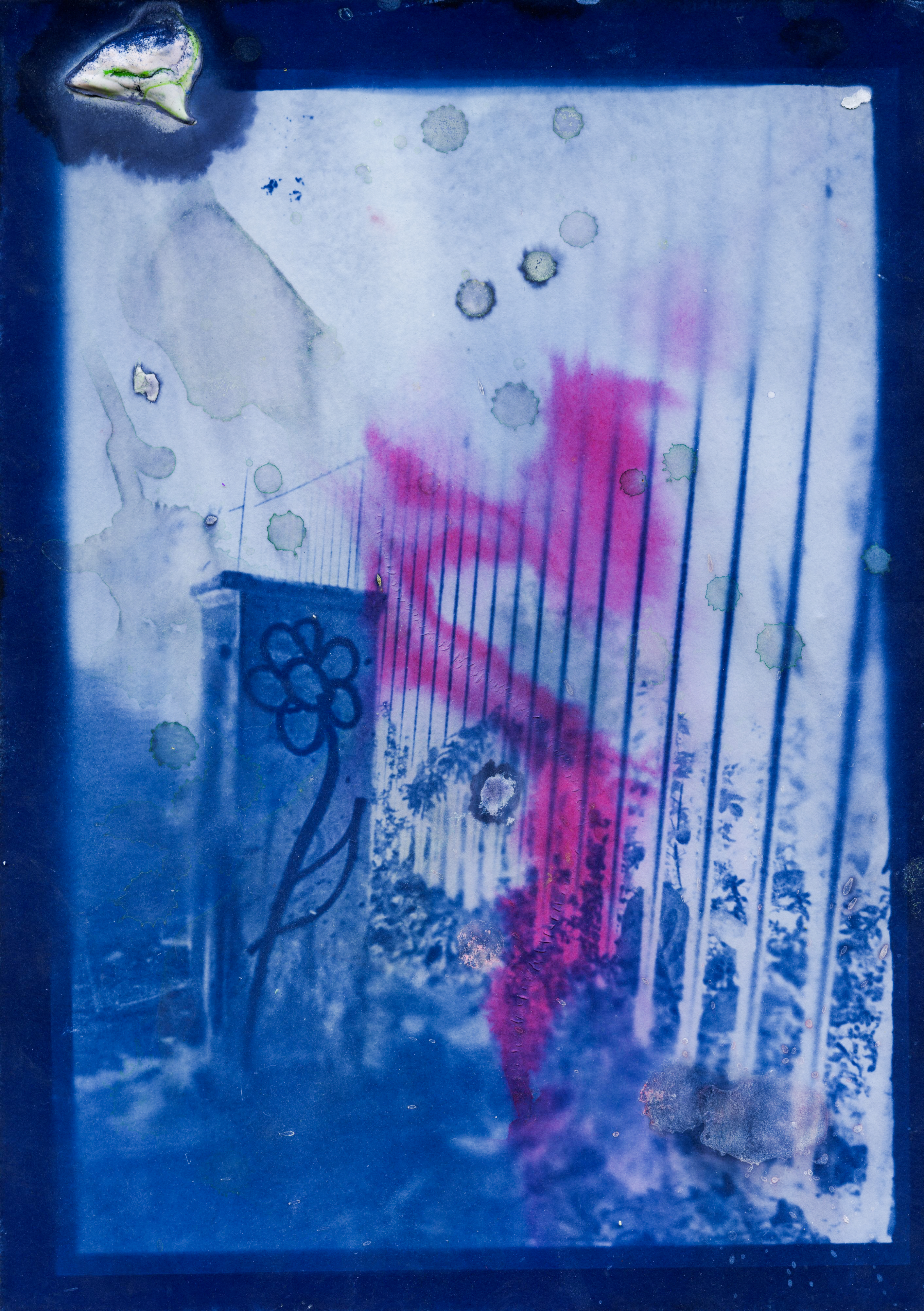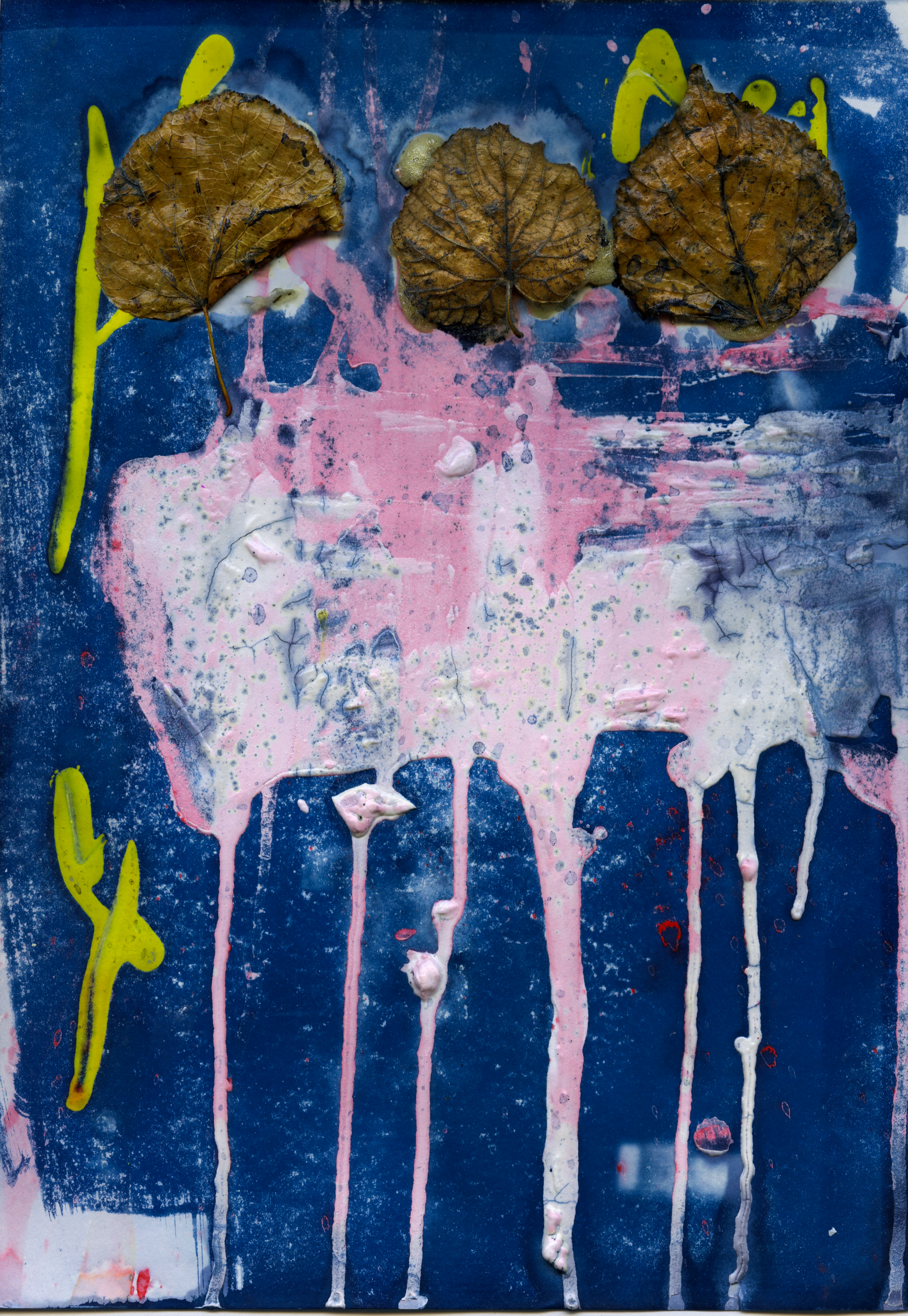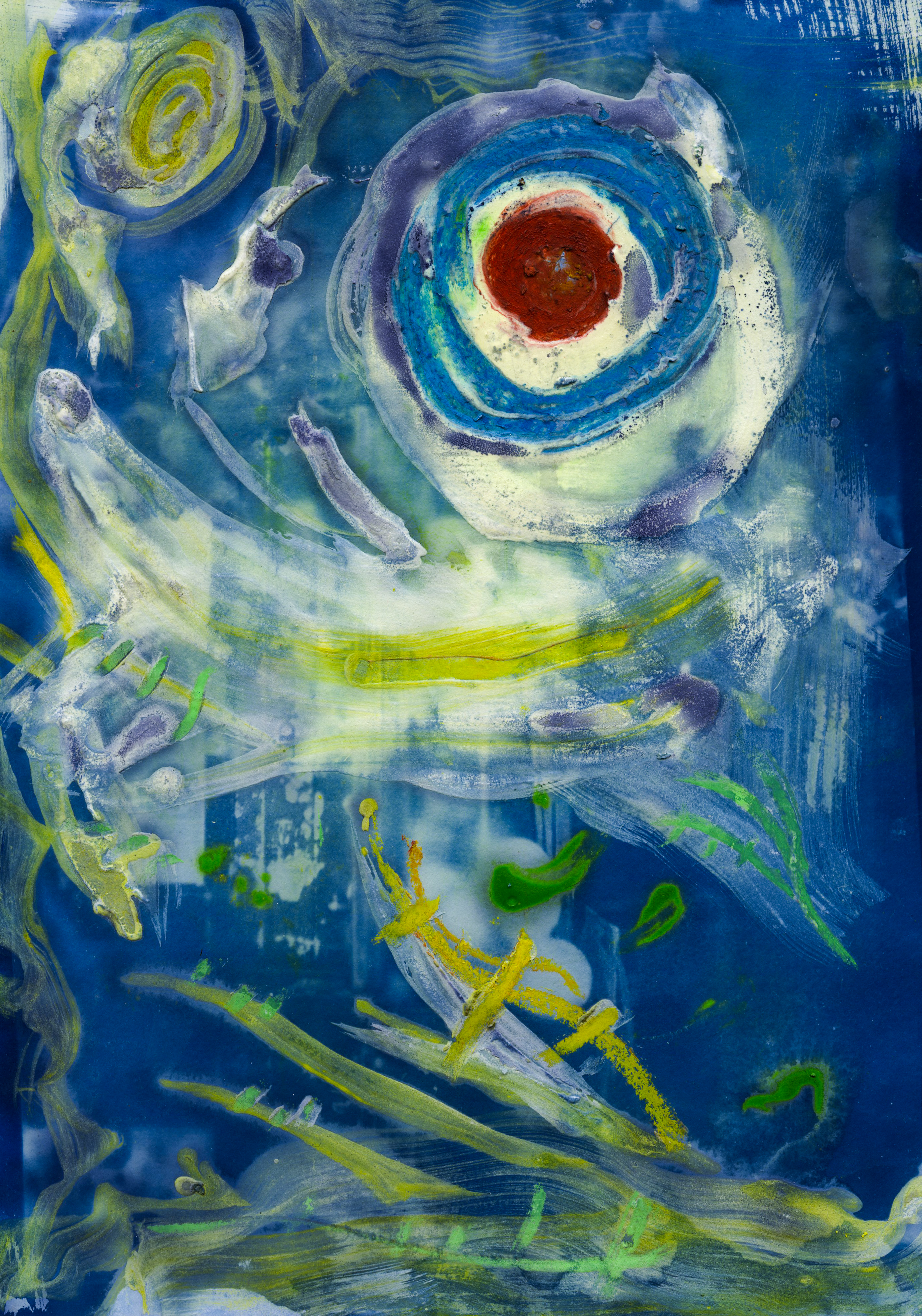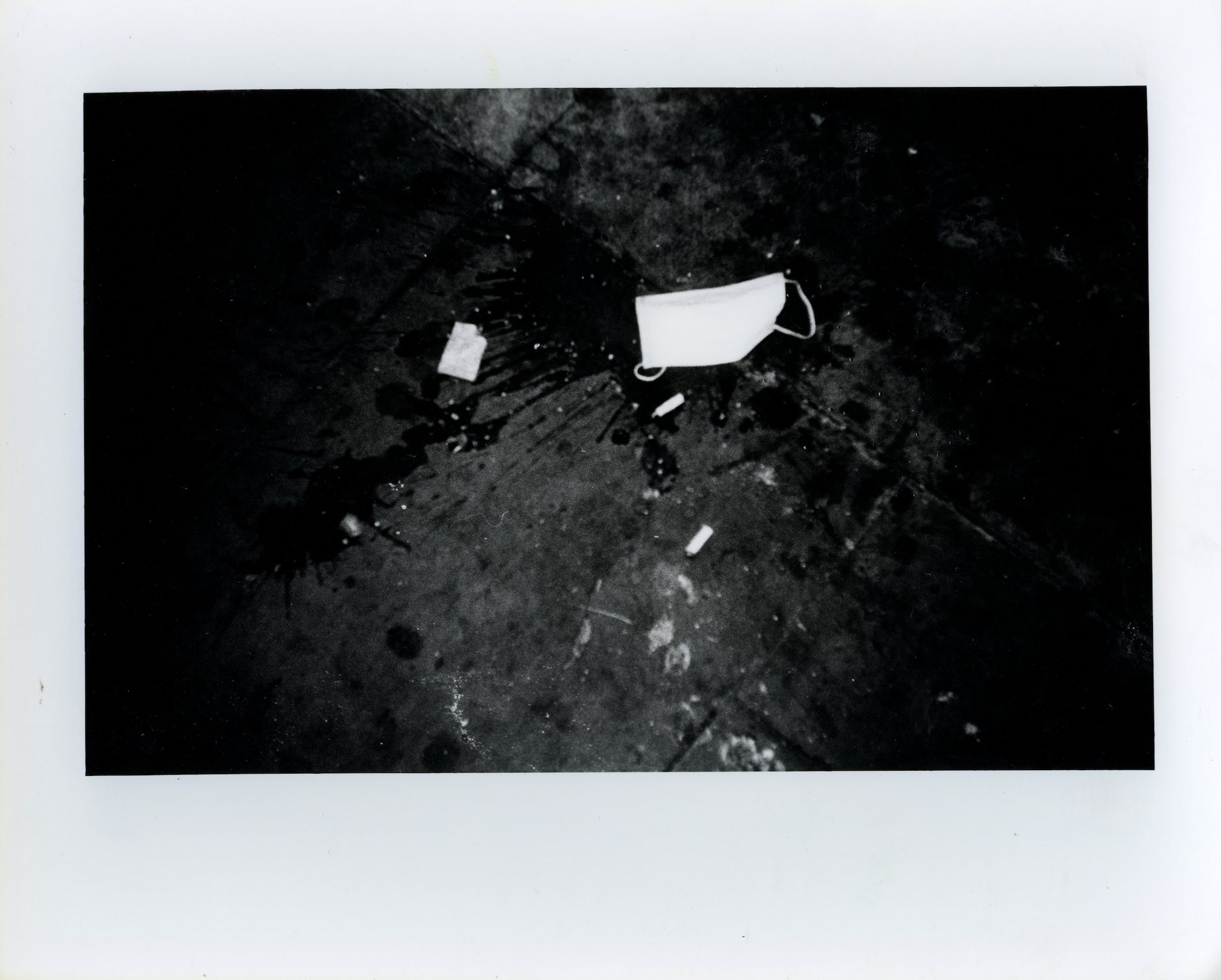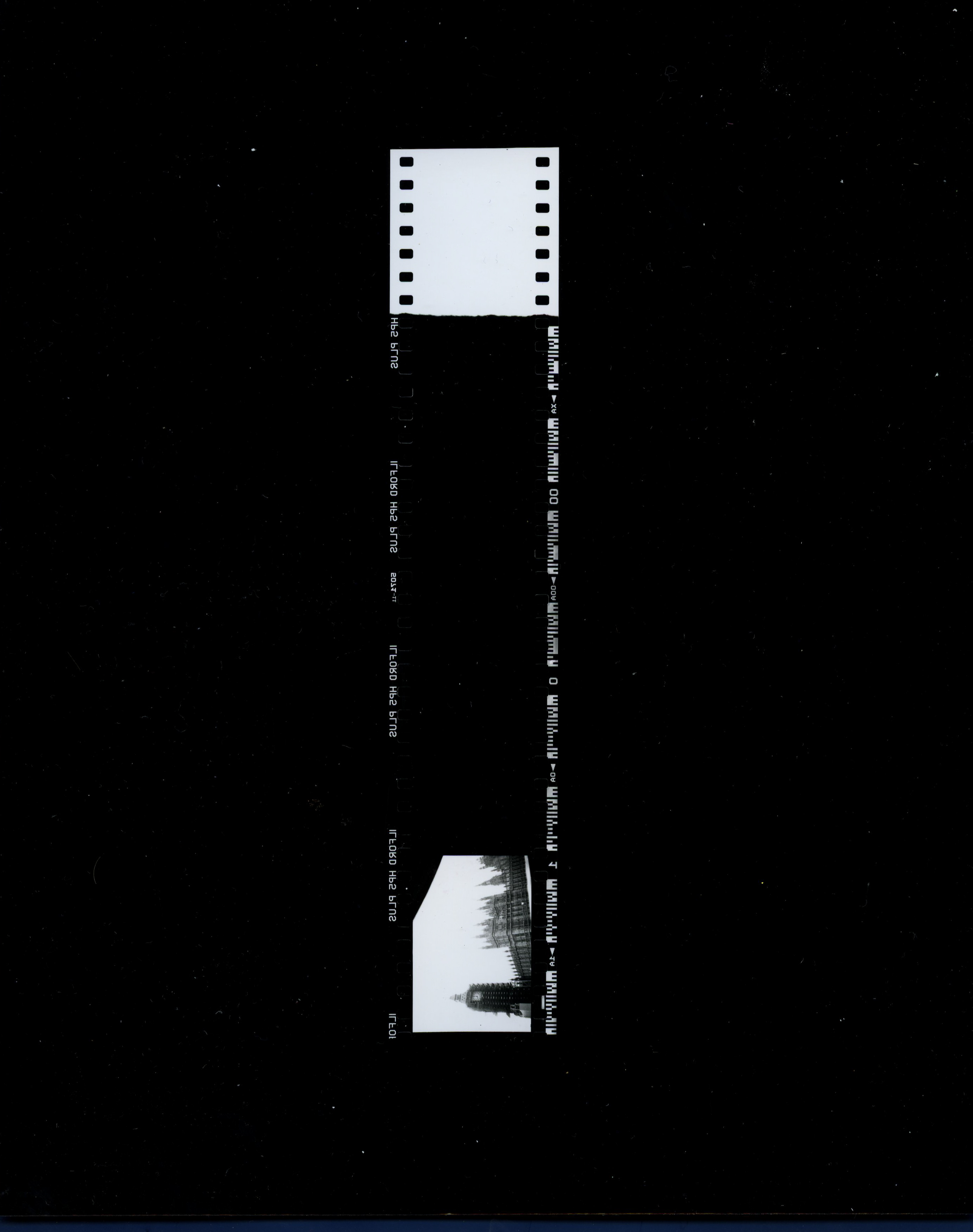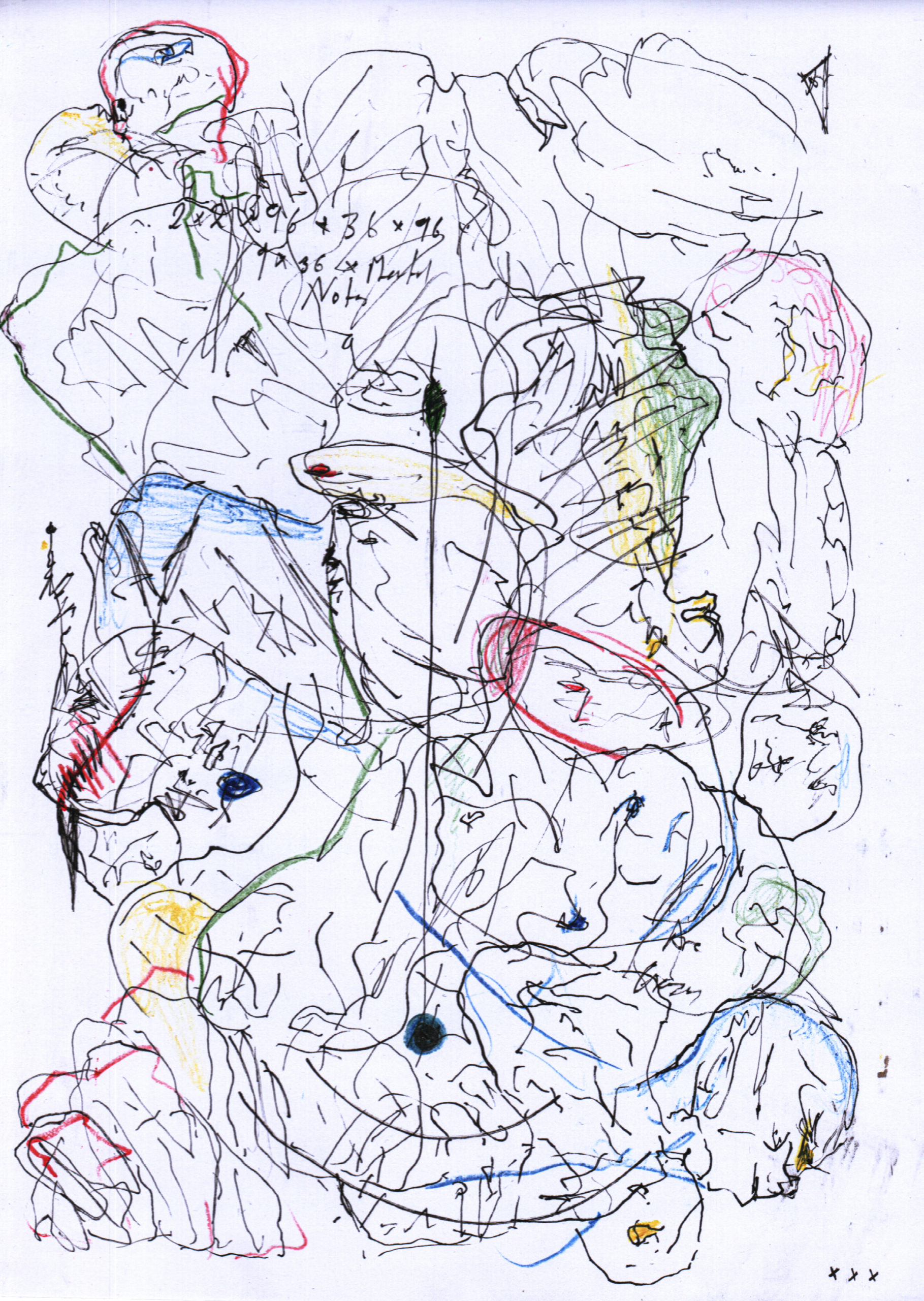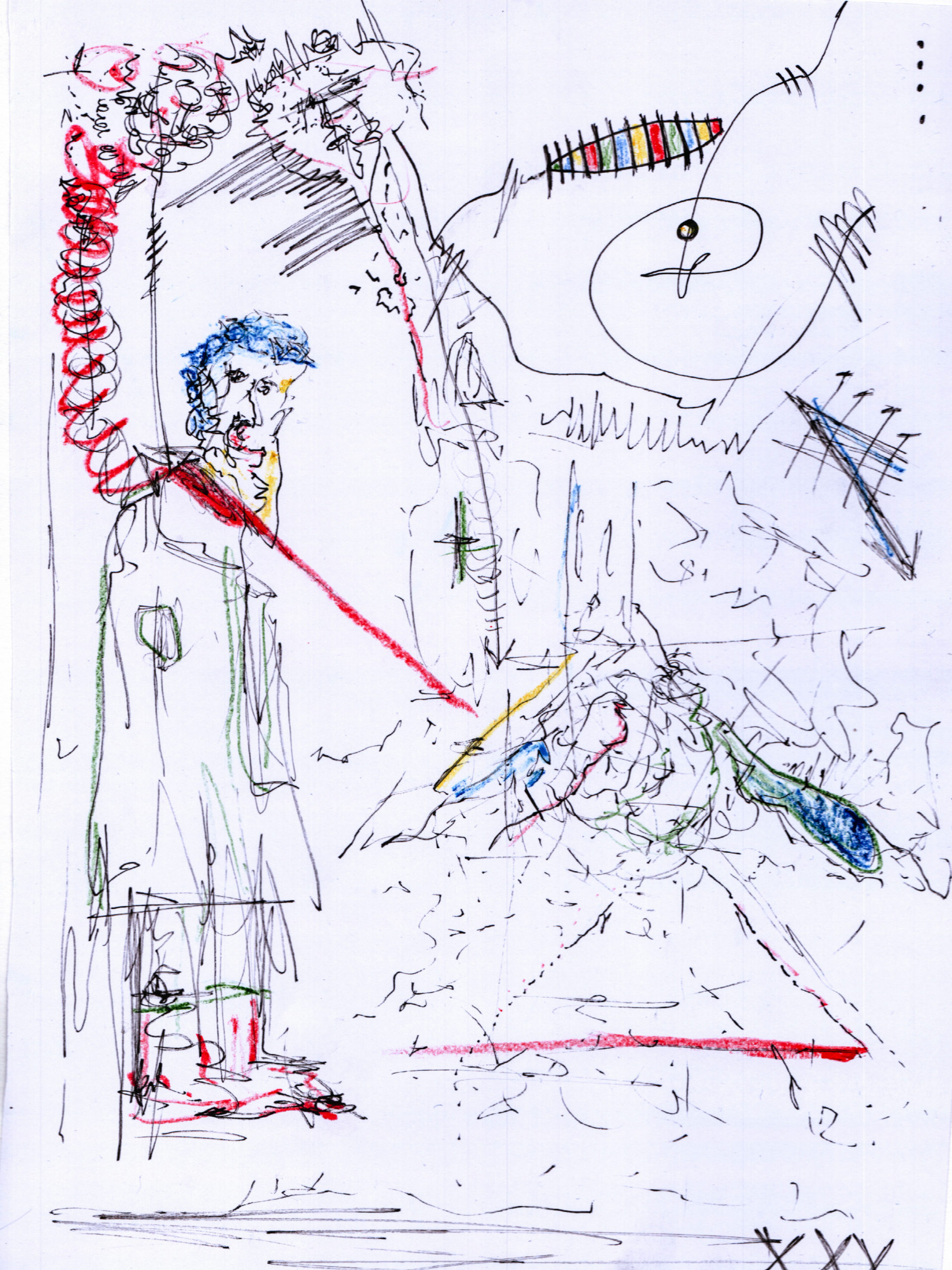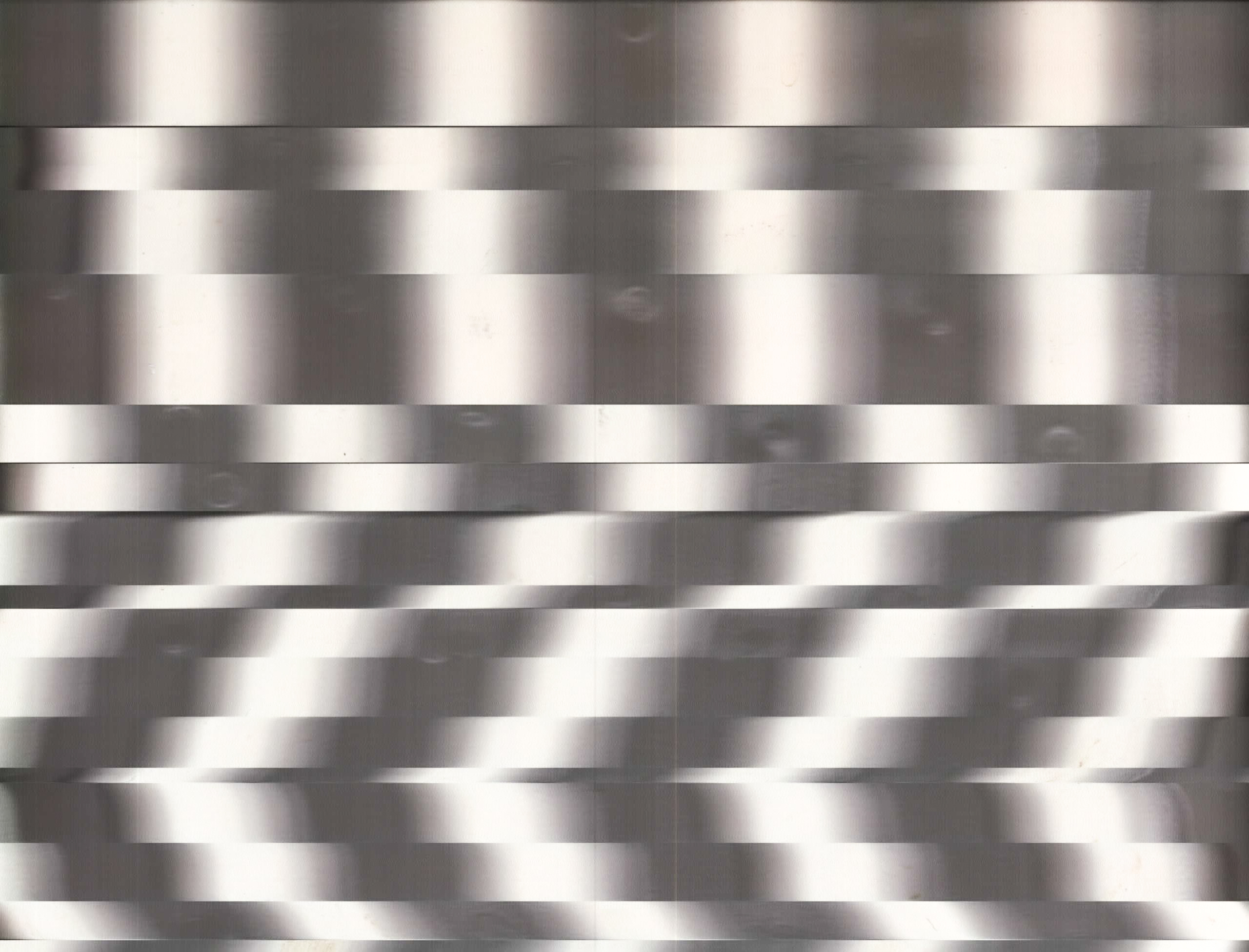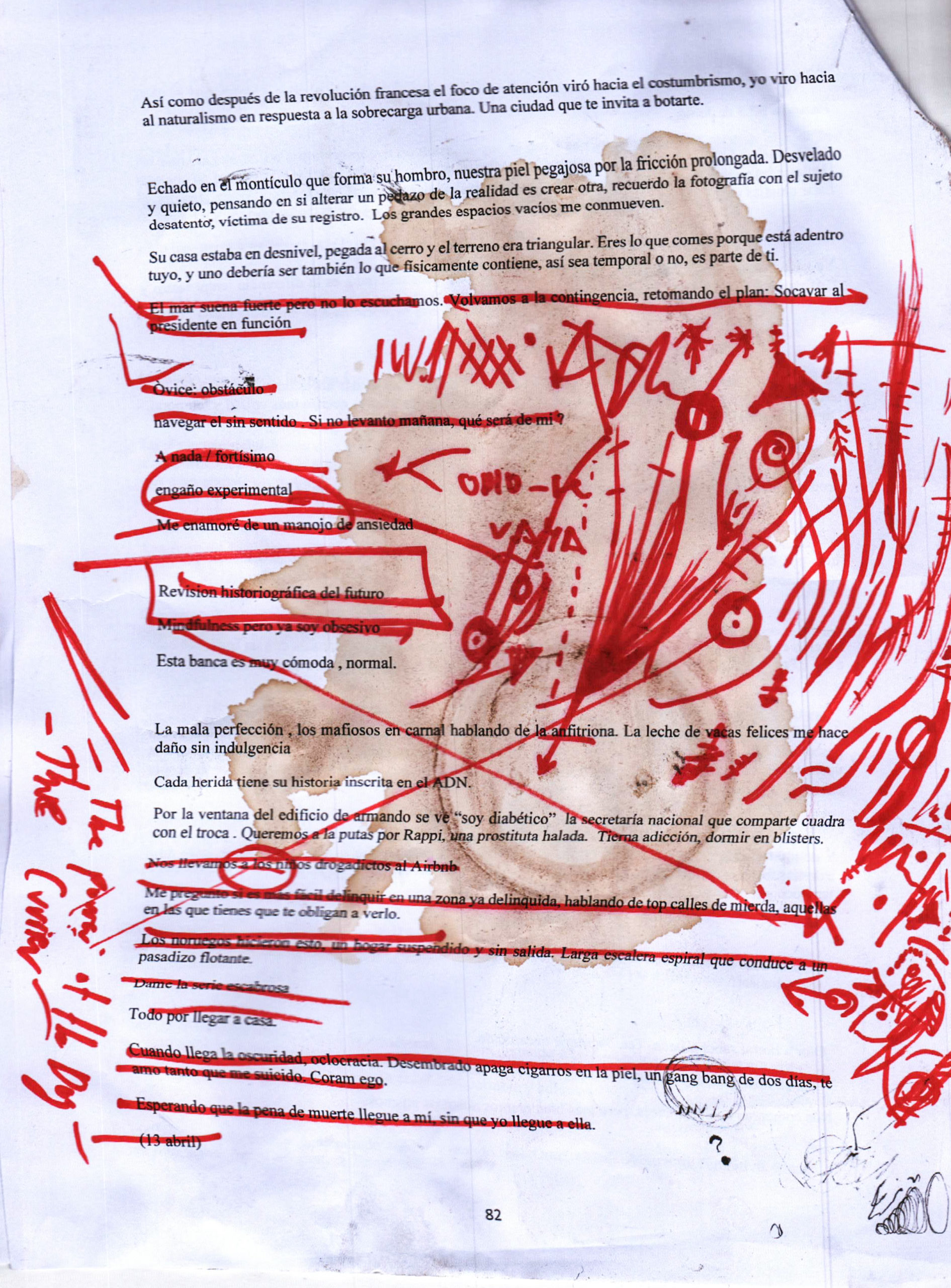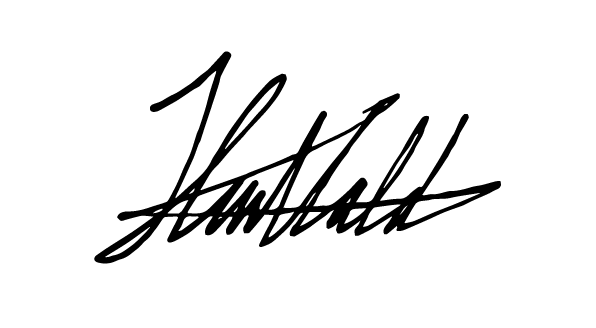DOCUMENTATION OF PROCESSES

I often look back at this diagram I made before the course started. And whenever I look back on it, I can’t help but think there is something incredibly wrong and something right to it. To begin with, the impulse is indeed natural. It strikes me however, to imagine the final outcome as something other than digital, so that is still in question. I find interesting the relation between physicality, materiality and the manifestation of expression.
“Expression can become garbage and we are all going to die” was the name of the end of term installation. And this can be virtual garbage as well as physical. The title, inspired in Joshua Simon’s idea of the artist as someone who assembles pre-existing objects, reflects on the relation between expression and death as commodities. Nothing is perceived as having a final form, but as a perpetuate shape shifting entity.
In this recent exploration of expression, there is an explicit interest in incorporating the processes as well as the final outcome. Something happens when expression shows its means, instead of hiding them. The fear of missing out arises to the surface in the same way a projection occurs when one is exposed to an art piece that challenges one’s previous access to certain realities.
Over – loaded expression generates waste in the same way a corpse reminds us that death is inevitable. The train of thought is included, in the form of processes that guide towards a re-collection of handpicked garbage. In the inevitability of controlling the interaction between items, one might as well generate or even force that saturation in order to make the contrast arise as a main subject.
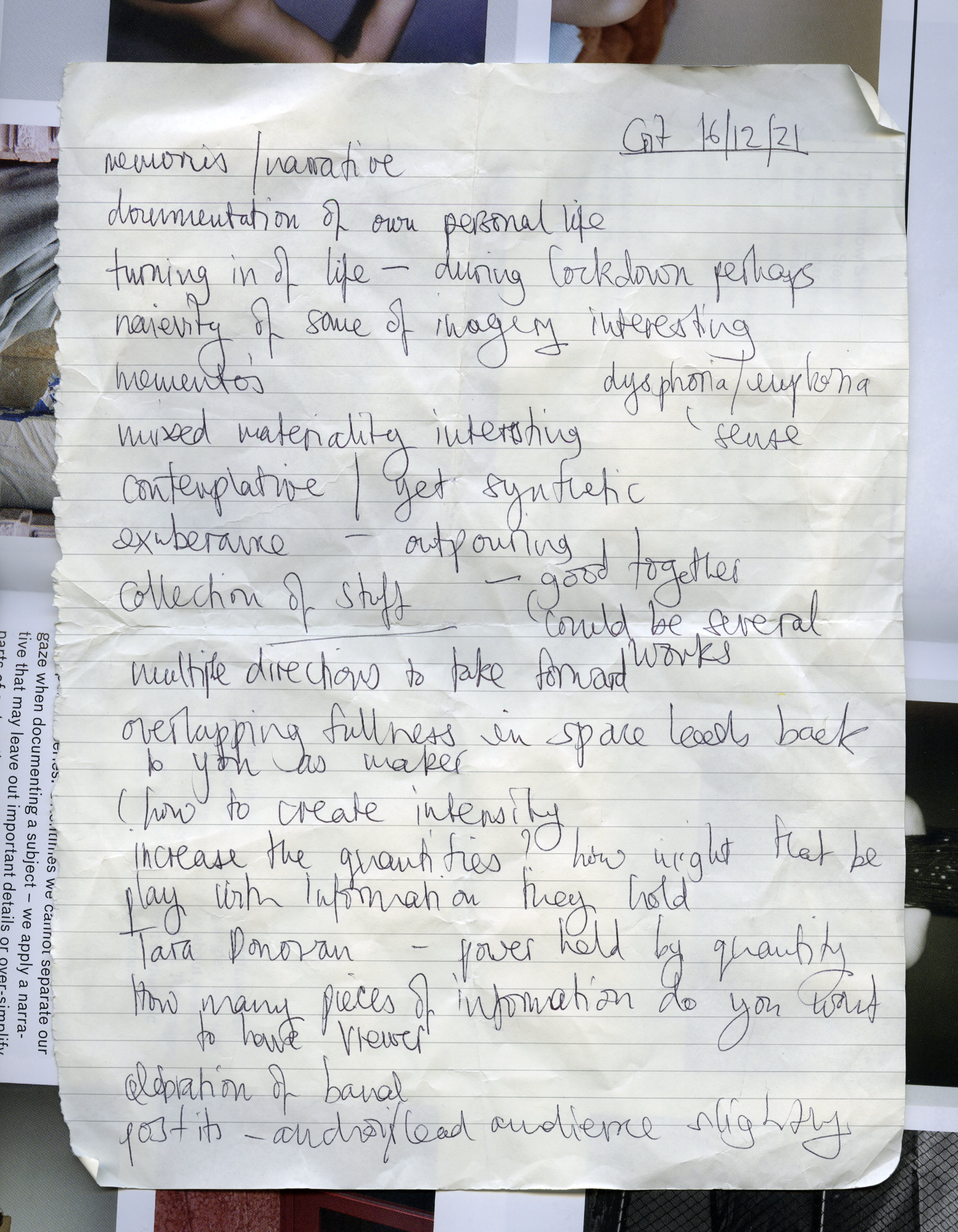
But what happens when not objects, but concepts clash?
When I leave a gallery, I feel physically overwhelmed. Maybe the experience is enhanced and intensified by latency and lack of full comprehension. The feeling I’m describing is similar to the one of being tied to a rollercoaster about to go off, where you are not in control of variables and yet the reality is inescapable and you are there.I want the spectator to be overwhelmed in the same way I experience emotion. When I need to select my work, I am giving it a hierarchy by showing or hiding it. In selection there is denial regarding the error, or being mistaken. If I display it all, it is the spectator’s role to finish that process.
Wittgenstein referred to language as a barrier, as a form of cage limit. For the “I don’t know yellow” section, I acknowledge the colours as the language of emotion. In the installation, I wanted two yellow hands to drip, run, smeared, melting, analogically on the wall. I am starting a conversation about the dissolution of memory in relation to pigment.
